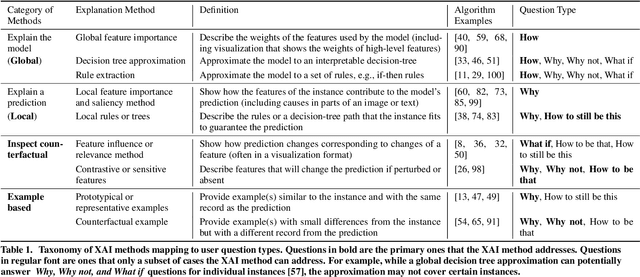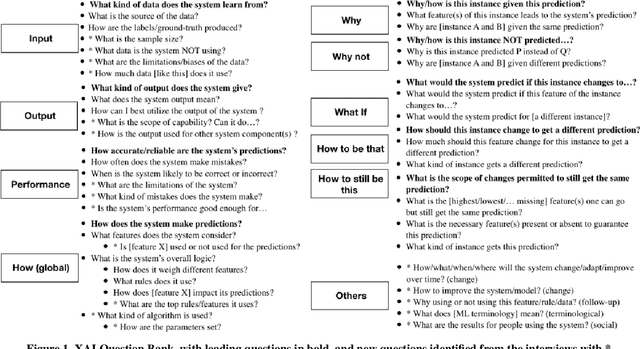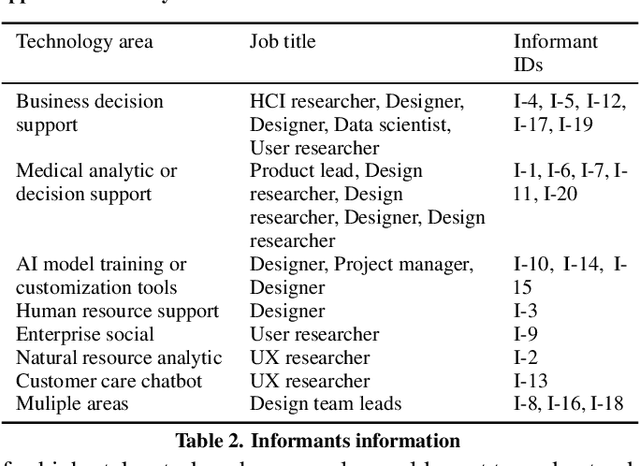Daniel Gruen
Semantic Modeling for Food Recommendation Explanations
May 04, 2021



Abstract:With the increased use of AI methods to provide recommendations in the health, specifically in the food dietary recommendation space, there is also an increased need for explainability of those recommendations. Such explanations would benefit users of recommendation systems by empowering them with justifications for following the system's suggestions. We present the Food Explanation Ontology (FEO) that provides a formalism for modeling explanations to users for food-related recommendations. FEO models food recommendations, using concepts from the explanation domain to create responses to user questions about food recommendations they receive from AI systems such as personalized knowledge base question answering systems. FEO uses a modular, extensible structure that lends itself to a variety of explanations while still preserving important semantic details to accurately represent explanations of food recommendations. In order to evaluate this system, we used a set of competency questions derived from explanation types present in literature that are relevant to food recommendations. Our motivation with the use of FEO is to empower users to make decisions about their health, fully equipped with an understanding of the AI recommender systems as they relate to user questions, by providing reasoning behind their recommendations in the form of explanations.
Questioning the AI: Informing Design Practices for Explainable AI User Experiences
Feb 08, 2020


Abstract:A surge of interest in explainable AI (XAI) has led to a vast collection of algorithmic work on the topic. While many recognize the necessity to incorporate explainability features in AI systems, how to address real-world user needs for understanding AI remains an open question. By interviewing 20 UX and design practitioners working on various AI products, we seek to identify gaps between the current XAI algorithmic work and practices to create explainable AI products. To do so, we develop an algorithm-informed XAI question bank in which user needs for explainability are represented as prototypical questions users might ask about the AI, and use it as a study probe. Our work contributes insights into the design space of XAI, informs efforts to support design practices in this space, and identifies opportunities for future XAI work. We also provide an extended XAI question bank and discuss how it can be used for creating user-centered XAI.
 Add to Chrome
Add to Chrome Add to Firefox
Add to Firefox Add to Edge
Add to Edge